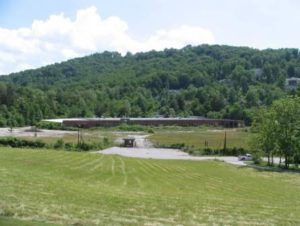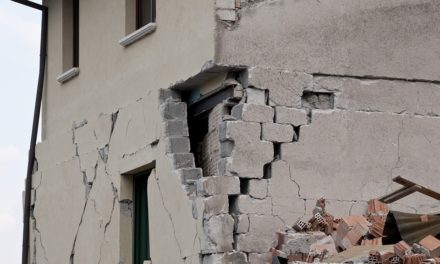Imagine finding out that the water your family has been drinking or the land your children have been playing on has been contaminated. For years. It’s a fear of parents everywhere, and right now the United States Supreme Court is hearing a case that could affect the ability of families to sue companies responsible for such contamination.
CTS of Asheville, Inc. manufactured electronic components at a plant located on a 66.4-acre site just south of Asheville, North Carolina from 1959 until 1986. Much of the site was sold in 1987, and portions of the site outside of the former facility were developed into a residential subdivision after 1997. The U.S. Environmental Protection Agency (EPA) conducted several investigations of the site after CTS Corporation notified the State of North Carolina of the presence of contamination at the facility in 1991, but it was not until 2007–2008 that EPA discovered trichloroethene (TCE) contamination in private wells northeast of the former CTS facility.[1] In 2010, dozens of Asheville residents filed a lawsuit against CTS Corp., claiming that toxic solvents such as TCE from the former plant had caused or contributed to their health problems and damaged their property values. In 2012, EPA placed the site on the National Priorities List for cleanup under the Superfund program.

The former CTS facility in Asheville, courtesy of U.S. EPA.
What is currently at issue is whether the families had a right to file the suit so long after the contamination occurred. North Carolina General Statutes include a statute of repose that gives potential victims 10 years after the last contaminating act to file a lawsuit, and in this case, CTS’s last possible contaminating act would have occurred when the site was sold in 1987. However, when Congress amended the federal Comprehensive Environmental Response, Compensation and Liability Act (CERCLA) in 1986, one of the additions, 42 U.S.C. § 9658, was intended to ensure that no statute of limitations could prevent victims of hazardous substances from filing suit before they had a chance to discover the cause of their injury. CTS Corp. v. Waldburger et al. will determine whether this section of CERCLA, often referred to as the “discovery rule,” supersedes a state statute of repose.
You see, § 9658 specifies that any limitation period should not begin until “the date the plaintiff knew (or reasonably should have known) that the personal injury or property damages … were caused or contributed to by the hazardous substance or pollutant or contaminant concerned.”[2] The problem is that the discovery rule declares that it preempts state statutes of limitations but does not explicitly mention statutes of repose.
The public of course will appreciate the extra time to discover a problem and file suit if the Supreme Court rules in favor of the families. There are plenty of cases where victims were not notified about contamination until after the 10-year repose period had passed. For corporations and the government, it could mean more lawsuits. However, a decision to overrule the state law could affect current litigation in the state.
Whatever the ruling, you can be sure there will be some far-reaching implications. We will keep an eye on the case as it proceeds and let you know the results. The Supreme Court heard arguments on April 23, 2014, and a ruling is expected in June.
Stay up to date with this and other cases by checking this blog as well as our LinkedIn page.





Recent Comments